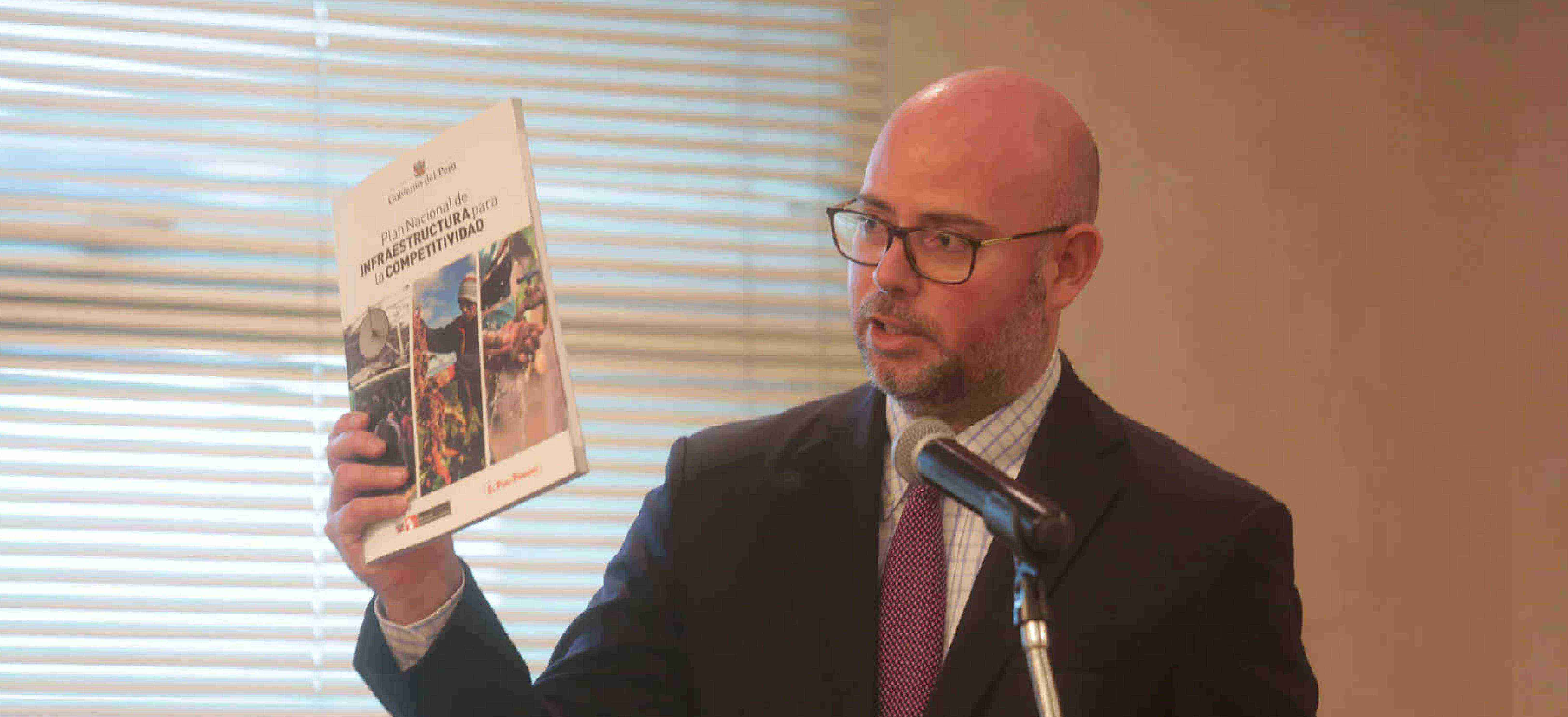Lima, MAY 4 2022 The implementation of a road infrastructure plan will enable the central regions of Peru to become food suppliers to the country

- The project to improve the Oyón-Ambo highway will increase traffic flow by over 20%, thereby turning this road into an alternate route to the Carretera Central highway.
Gabriel Daly, CONFIEP’s economic policy and development manager, stated that the central region of Peru could become a food supplier to the country through the implementation of a road infrastructure plan which comprises 4 projects included in the portfolio considered by the central government.
The construction of a highway from Los Ángeles bridge to Ricardo Palma bridge on the Carretera Central highway will allow for an alternate route to the highway that crosses Chosica along its 14.5 Km. This alternate road would help prevent commerce interruptions due to roads damaged by mudslides during the summer months.
Furthermore, the project for the Canta – Huayllay – Unish highway, connecting Carabayllo and La Oroya, will also help mitigate the problems of the Carretera Central highway, as it will enable the transport of small family agriculture crops from the Chillón valley. Additionally, there is a project to improve the stretch Ricardo Palma - La Oroya by building 71 Km of road and 8 bridges, which will help decongest the route to Huancayo and will directly impact the supply of agricultural products to the city of Lima.
“Within the infrastructure plan for the central region, the most important project is the one to improve the Oyón – Ambo highway. This project will increase traffic flow by 20% by connecting Lima to the center of Peru, thus benefiting more than 50,900 people in the Oyón, Yanahuanca, Huacar and Ambo districts,” said Daly.
Investment issues
Among the issues highlighted, emphasis was placed on the design of concession agreements, which affects the handing over of land, since the complexity of the procedures was not assessed. This increases the times and costs of the project.
Along the same lines is permitting, which involves not only those permits granted by the regional governments, but also environmental impact studies and the intervention of government bodies.
“Finally, I would add the lack of ability on the part of regional governments to prepare proper technical files, which either delays the beginning of a project or results in its poor execution. In addition, we must remember that, in the country, of the USD 1.332 billion that has been pledged, only USD 802 million has been spent,” added the specialist.
Proposals
Daly stressed that planning, quality investment, contract design, and project and program management are needed to improve the investment in Peru’s road network.
“Close coordination among the three different government levels, the correct awarding of projects through contracts that do not result in delays or arbitrations, as well as trained and qualified personnel to manage complex projects will help us improve our road infrastructure,” asserted the expert.
Precisely, the event Rumbo a PERUMIN, Central Peru Edition, seeks to explore the development opportunities that mining can give, not only to help a sector grow, but also to prove that the extractive activity indeed offers development opportunities and enough resources to execute a variety of projects.







